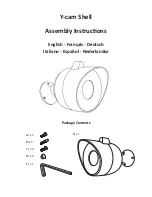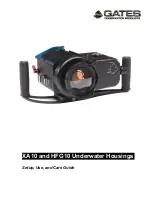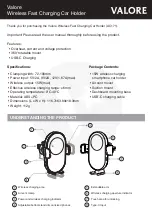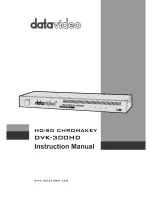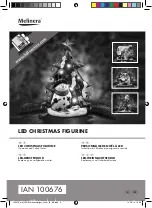
Figure 15 Range data
Figure 16 Color range data
Photo or Image Data
Photo or image data is captured by the DeltaSphere’s digital camera. But it can also be acquired
from other digital cameras, by scanning photos from film scanners, or by capturing a screen
image from SceneVision or some other program. Photos taken with the DeltaSphere’s camera
are special because the camera has been
calibrated
. Photos taken with a calibrated camera can
be integrated with their associated range data to produce color range data, as shown in Figure
16, and/or photorealistic 3D color computer graphics models. Once ‘aligned to the range data,
measurements can be made directly on these photos. (This is discussed in Section 8.1.3.)
SceneVision supports many different image data types, including JPEG (.jpg), TIFF (.tif), BMP
(.bmp) and PNG (.png). Photo data is 2D. (Note: We’ll use the terms ‘image data’ and ‘photo’
interchangeably in this document.)
Model Data
Model data is produced by connecting the points in range data to form triangles – a triangular
mesh. These triangles form a 3D surface of the scanned objects. The triangles can either be
colored by the laser intensity – in which case they will be shaded with a grayscale – or they can
be colored by the photos – in which case they will have realistic ‘full’ color. Unlike range data,
model data can be viewed from any direction. SceneVision-3D model data is stored in VRML
(.wrl) format – an industry standard for 3D computer models.
3.2
Scene Files
SceneVision creates a
Scene File (.dss
extension
)
that coordinates the data types described
above. A scene file organizes all of the different data associated with a scanned scene. The
scene might be a single scan of an object or room, multiple scans of an object or room, or
DeltaSphere-3000 3D Scene Digitizer
17
9/23/05
































